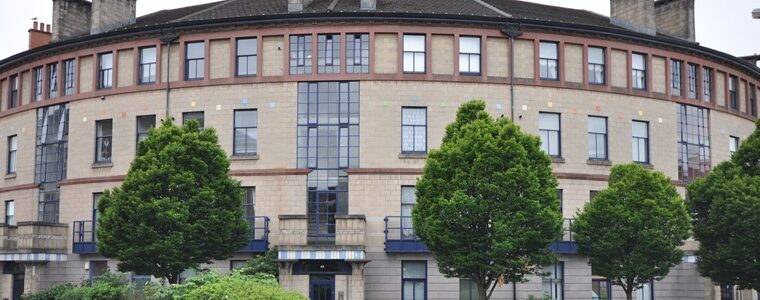How has UK broadband changed in the last 25 years?
UK broadband has seen many changes since the millennium, but have they all been beneficial?

Viewed with the benefit of hindsight, the dawn of the new millennium represented a golden age.
We lived in a world free from the anxieties of 9/11, Brexit or lockdowns, before the global financial crisis and today’s economic permacrisis soured the national mood.
Technology was on a relentless forward march, with new innovations and exciting breakthroughs being announced almost constantly.
It’s 25 years since the first UK household received what was heralded at the time as a ‘broadband’ connection, though it wouldn’t impress anyone by today’s standards.
Indeed, it’s instructive to consider how UK broadband has evolved since the days when ‘going online’ required a modem, a disabled house phone and a great deal of patience…
Dial M for modem
In 2000, a Basildon household was the first in the UK to receive a cable broadband service – admittedly at a speed measured in kilobits per second rather than megabits.
This was also the year when BT unveiled ADSL lines offering a 512Kbps throughput, though these were initially only available to commercial users.
In the meantime, the general public had to soldier on using connections which typically achieved downloads of just 5kbps.
Even a three-minute MP3 file could take ten minutes to download, so consumers were understandably desperate to obtain improved connections.
This led to curious technological cul-de-sacs like BT’s Midband UK broadband service.
Neither dial-up nor broadband, it offered connection speeds of 128Kbps, which was the equivalent to splicing together two ISDN lines.
Despite their modest connection speeds, Midband packages in 2003 cost £35 per month for a limited number of hours online, while reliability and operating system compatibility were known issues.
Back then, a 256Kbps connection could legitimately be described as ‘broadband’, though line speeds were increasing so rapidly that some connections doubled in speed each year.
By 2003, 512K broadband was becoming common in urban areas, while the arrival of megabit connections later that year ushered in the modern age of high-speed internet access.
As broad’ as it’s long
While former BT offshoot Openreach is obligated to provide telecommunications cabling into every home, rival broadband firms initially led the charge towards high-speed connections.
Telewest and ntl merged in 2006, before a further merger with Virgin Mobile later that year created Virgin Media – the leading exponents of standalone full fibre broadband networks.
Those ISPs reliant on Openreach technologydemanded faster connections to compete against full fibre rivals, and a national rollout of fibre broadband cabling gathered pace.
However, many households saw achievable line speeds throttled by slower wires extending into the home from local pavement exchanges – known as Fibre to the Cabinet connections.
Many consumers are still dependent on FTTC, which today is known as ‘superfast’ broadband and offers download speeds between 30 and 70Mbps.
FTTC is increasingly being replaced by full fibre broadband – fibre networks which lead directly into our homes.
Simultaneously, mobile phones became increasingly powerful, with 3G and then 4G networks offering standalone internet access as well as wireless compatibility with domestic broadband routers.
WiFi made its debut in 1999 but came into its own a decade later when roughly half of UK households had a broadband internet connection supporting wireless data.
Today, 99.8 per cent of UK households can access high-speed broadband, though 2.8 million people aren’t online at all, for a variety of reasons.
The next time your broadband runs more slowly than usual, or it’s necessary to reboot your router, it’s worth taking a moment to remember how slow the internet used to be.
Not everything has got worse since the millennium…






